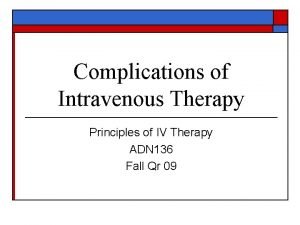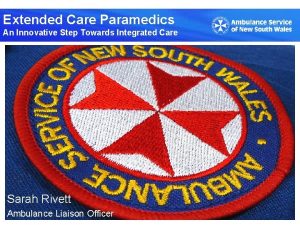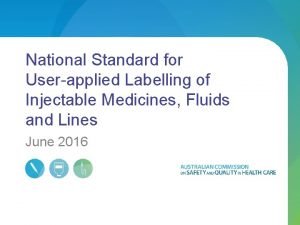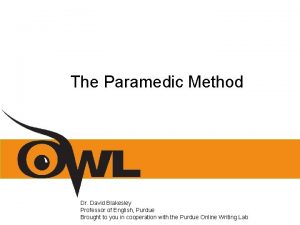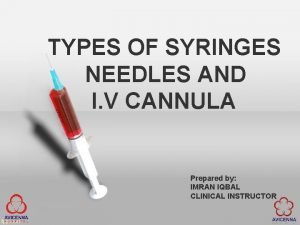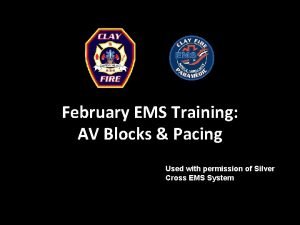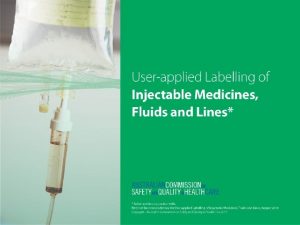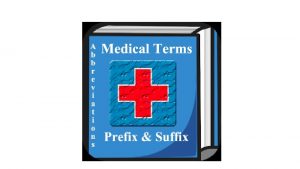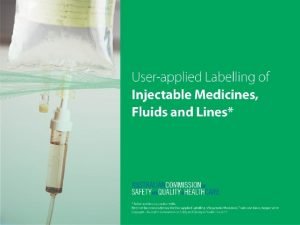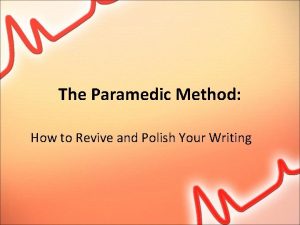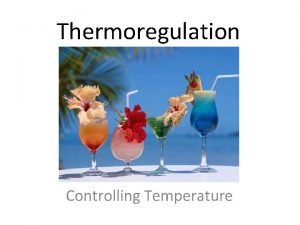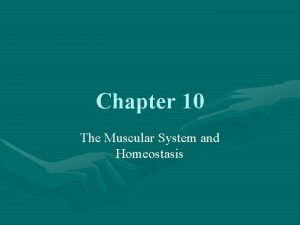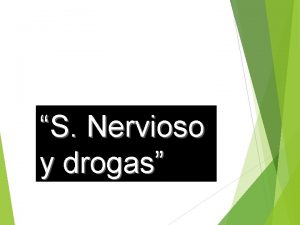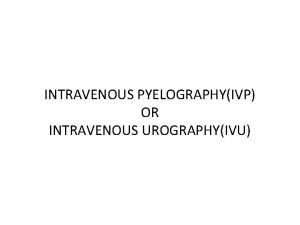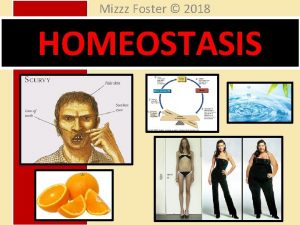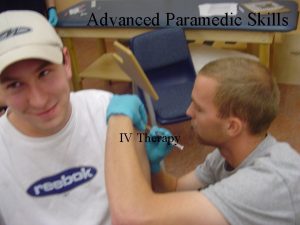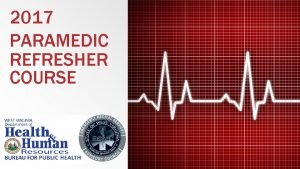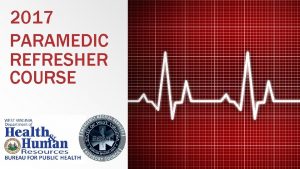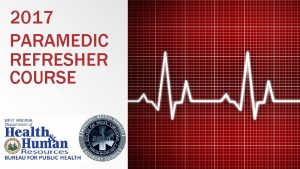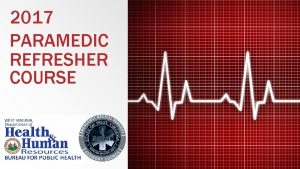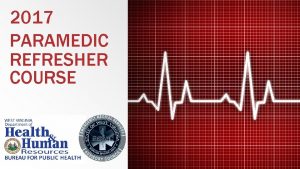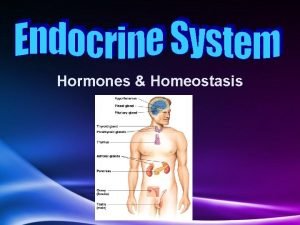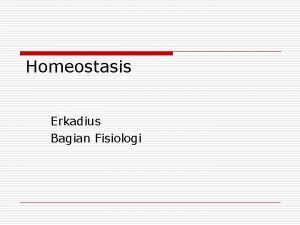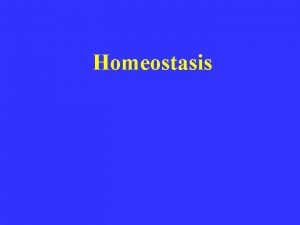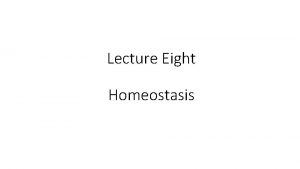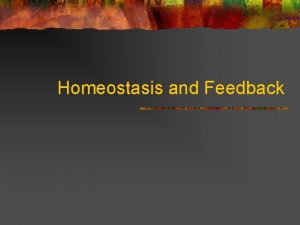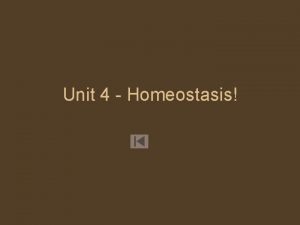IV Therapy Advanced Paramedic Skills Intravenous Therapy Homeostasis
































- Slides: 32

IV Therapy Advanced Paramedic Skills

Intravenous Therapy- Homeostasis

Fluid Distribution • 50 -60% of the body is composed of water = 42 L • intracellular (= ? L) • extracelluar (=? L) • 16% interstitial fluid • 4% intravascular (

Objectives of IV therapy • • • Restore and maintain fluid balance Restore and maintain electrolyte balance Provide medications and route for them Transfuse blood and blood products Deliver parenternal nutrients and nutritional supplements

Definitions • • Dehydration is loss of TOTAL body water Edema – accumulation of fluid in interstitial space Volume depletion – loss of isotonic solution Fluid Excess – extra water or fluid in a specific compartment (overall vs lungs) • So what is shock……. it depends! Remember type of shock – cardiogenic vs hypovolemic vs anaphylactic

Electrolytes • Positively charged particles in body, critical for function • Positive cations (Na, K, Ca, Mg) • Negative anions (Cl, PO 4) • Also hydrogen H+ which is important in Acid/Base balance • These can move across membranes, either via active or passive transport. • Water follows various ions via a process called ?

Movement of Water • Active Transport • specialized channels • Facilitated Diffusion • carrier molecule • Simple Diffusion • (greater-lesser concentration) Osmosis • Is the movement of water from an area of low particle concentration to an area of high particle concentration or • Is the movement of water from an area of high concentration to an area of low water concentration

Tonicity • Concentration or size of particles in a solution: • Isotonic - meaning equal on both sides • Hypotonic –less inside (net movement OUT) • Hypertonic –more inside (net movement IN) • Ever do the egg experiment?

Tonicity • When the concentration of particles and charges are unequal on both sides of the semi-permeable membrane the side with the less particles is called “hypotonic” and the side with more particles is called “hypertonic”

Isotonic

Hypertonic

Hypotonic

How it works in real life Red cells in hypertonic solution

So What? ? • It is important to understand these principle when you do are involved in any level in IV therapy • Picking an IV solution • Want to get as close to ‘real’ blood as possible, unless there are other conditions, e. g need for sugar etc

Types of IV solution • Isotonic – 0. 9% saline = Normal saline (NS) – 2/3 and 1/3 (2/3 NS and 1/3 D 5 W) – lactated ringers (RL) • Hypertonic (Mannitol, 7% saline) • Hypotonic ( D 5 W= 5% dextrose in water)

Selection of Solution • Normally NS and RL for most patients • D 5 W when some glucose is reguired or with various drugs (don’t mix with NS) • Hypertonic or 7% saline when need rapid increase in intravascular volume (army) • As ordered by Physician

A Review – What are the two types of sets?

Newbie Paramedic gets a call! Gets to hospital to transfer a patient with an IV of NS in Left cephalic vein going at 60 cc/hr. It is a 10 gtts macro set. A. How many gtts/min will he set up his IV? b. If the order is to infuse 120 m. L over 2 hours then?

Calculating IV Drip rates • ml/hr Amount of solution Number of hours = ml/hr • drops/ml is the set type (macro or micro) Drops/ml = drops/ml • sec. between drops Drops/minute 60 = sec between drops

Lets do it! Two important formulas • Ml/hr Total ml fluid to be infused total hours to give the fluid = ml/hr Of the set In m. L • Drops/minute Drops/ml x amount of fluid to be infused/hr = total time of infusion (minutes) drops/ minute

Our Keen newbie says. . First, if I have to do 60 ml over 1 hr, that is……. 60 m. L/hr a. In gtts /min b. Calculate ml/hr rate if he has to give 200 ml over 1. 5 hour

a. 10 drops/m. L x 60/hr =? 60 minutes = 10 gtts/min b. 200 ml = ? ml/hr 1. 5 hrs =133 ml/hr In gtts/min 10 gtts/m. L x 133 = ? 60 minutes 22 gtts/minute or 1 drop every 3 secs

Some more practice • See in iv monitoring package

Here’s a Tip!! • m. L/hr is the same as gtts/min in a Microset!! Yah for common sense!! 40 ml/hr is the same as 40 gtts/min IF you have a 60 gtts micro set

Things that Effect Flow Rates 1. 2. 3. 4. 5. 6. 7. 8. 9. 10. Patient positioning – 3 ft above Vein spasms Pheblitis/Thrombi Type of fluid (viscosity) Amount of fluid in bag Height Tubing kinked Catheter size Catheter position infiltration

Troubleshooting • If an IV does not run well, start with the patient. Ensure patient still stable. Check site, position • Then move backwards towards the bag, checking clamps etc • What can happen? – examples

Pheblitis –inflammation of vein • Lack of asceptic technique • Delayed site change • Mechanical/chemical irritation • Allergy • Poor positioning

Hematoma –thats bleeding! • Perforation of posterior vein wall • Lack of adequate pressure following unsuccessful attempt • Tourniquet reapplied over recent site

Intersitial IV • Perforation of posterior vein wall • Dislodgement due to movement • Catheter in position of flexion • Catholon not properly secured

Other Bad things… • Systemic complications – such as? – Signs and symptoms – What do we do? • Pulmonary Emboilism – Signs and symptoms – What do we do? • Air Emboli – Signs and symtoms – What do we do? ? • Catheter emboli • Fluid Overload

Practice • Review BLS IV Procedures in IV Handout

For Next Week • Read Textbook 450 -469 • 471 -473 saline lock • 480 peripheral iv removal
 Complications of iv infusion
Complications of iv infusion Iv removal documentation example
Iv removal documentation example Bioflix activity homeostasis hormones and homeostasis
Bioflix activity homeostasis hormones and homeostasis Bioflix activity homeostasis high blood glucose
Bioflix activity homeostasis high blood glucose Extended care paramedic course
Extended care paramedic course Line & catheter label - intravenous burette
Line & catheter label - intravenous burette The paramedic method
The paramedic method Site:slidetodoc.com
Site:slidetodoc.com Lone star college paramedic program
Lone star college paramedic program Silver cross paramedic program
Silver cross paramedic program Injectable medication administration pretest
Injectable medication administration pretest Iv cannula labelling
Iv cannula labelling Intravenous medication administration pretest
Intravenous medication administration pretest 3 words associated with parts
3 words associated with parts Tugas paramedis perusahaan
Tugas paramedis perusahaan Iv cannula labelling
Iv cannula labelling Paramedic method
Paramedic method Less than sign
Less than sign Advanced ict skills
Advanced ict skills Informative abstract example
Informative abstract example Bioness bits cost
Bioness bits cost Humanistic therapy aims to
Humanistic therapy aims to Both psychoanalysis and humanistic therapy stress
Both psychoanalysis and humanistic therapy stress Essential skills ontario
Essential skills ontario Intrapersonal skills vs interpersonal skills
Intrapersonal skills vs interpersonal skills Skills are
Skills are Short note on homeostasis
Short note on homeostasis Thermoreceptor
Thermoreceptor Homeostasis muscular
Homeostasis muscular Mengapa homeostasis perlu dijaga
Mengapa homeostasis perlu dijaga Estructura del nefrón
Estructura del nefrón Risk homeostasis
Risk homeostasis Homeostasis del sistema nervioso
Homeostasis del sistema nervioso
